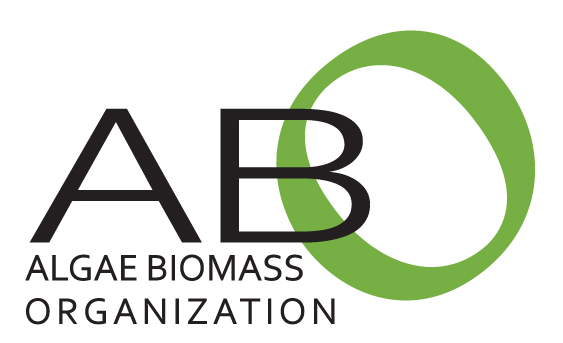As we noted in a recent post, Carbon Balance and Management journal published a study in late 2015 touting the emissions reduction potential of algae when used as animal feed. The authors highlight the tension between food security and bioenergy production and point to the simple solution of using commercially grown algae as a partial feed substitute. Algae’s land-sparing qualities mean that it could address food scarcity and land issues at the same time.
A key tenet of the study deserves a deeper dive: that on a large scale, the use of algae as animal feed establishes the conditions “for cascading greenhouse emissions savings and a return to preindustrial atmospheric carbon concentrations.”
Yet even at small scales the incorporation of algae into animal feeds could have a significant effect, much more so than marginal improvements in bioenergy production. Table 3 of the study (shown below) charts the projected atmospheric CO2 concentrations in the year 2100 based on the results of the model used in the study. According to the table, if 10% of feeds were algae-based and 25% of emissions were sequestered using CCS, global warming would be limited to 2 degrees. Any further increase in application for either CCS or algae as a feedstock would march towards being a carbon sink.

Projected atmospheric CO2 concentrations [ppm] in year 2100 of the simulation
Although perhaps a hypothetical analysis like this should be taken with a grain of salt, it is nonetheless a remarkable result that algae and CCS could together act as such a significant pathway towards limiting global emissions. And in many ways an even more remarkable result that an impact could be had with modest introduction of either.
Photo credit: Walsh et al., New Feed Source Key to Ambitious Climate Targets. Carbon Balance and Management. 2015. Table 3.
